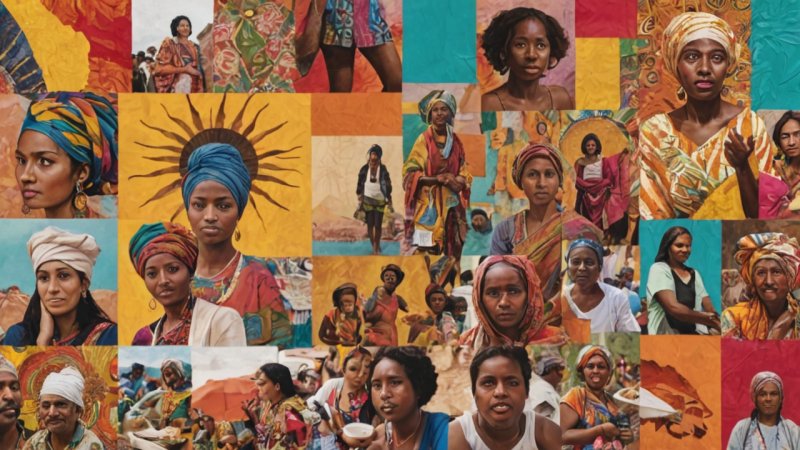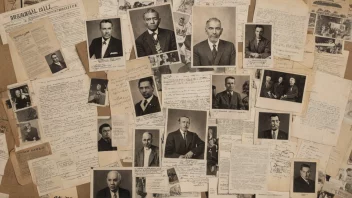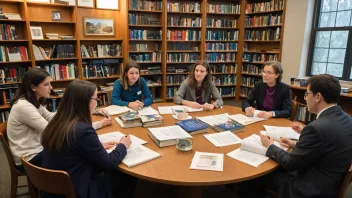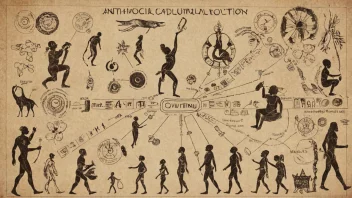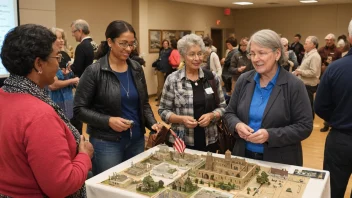Migration has been a driving force in shaping cultures around the world, influencing everything from art and music to literature and cuisine. As people move across borders, they bring with them their unique traditions, beliefs, and experiences, leading to a rich blending of cultural expressions. In this article, we will explore five significant ways in which migration impacts cultural expression, highlighting the dynamic interplay between different cultures and the creative outputs that emerge from these interactions.
1. Art and Aesthetics
One of the most visible impacts of migration is seen in the realm of visual arts. Artists who migrate often incorporate elements from their home cultures into their work, creating a fusion of styles and techniques. This blending can be seen in:
- Mixed Media: Artists may use traditional materials from their homeland alongside modern techniques, resulting in unique pieces that tell a story of both heritage and innovation.
- New Genres: Migrant artists often create entirely new genres that reflect their experiences, such as the rise of street art in urban areas with diverse populations.
- Collaborative Projects: Many artists from different backgrounds collaborate, leading to exhibitions that celebrate multiculturalism and shared narratives.
2. Music and Performance
Music is another area where migration has a profound effect. As people move, they bring their musical traditions with them, leading to the emergence of new genres and styles. Some key points include:
- Fusion Genres: The blending of different musical traditions can create new genres, such as Reggaeton, which combines Latin rhythms with hip-hop and dancehall influences.
- Global Collaborations: Musicians from different cultural backgrounds often collaborate, leading to innovative sounds that reflect a globalized world.
- Preservation of Heritage: Migrant musicians often strive to preserve their cultural heritage through music, using traditional instruments and styles as a means of connection to their roots.
3. Literature and Storytelling
Migrants have historically contributed to the literary landscape, offering diverse perspectives and narratives that enrich the literary canon. Key aspects include:
- Diverse Narratives: Migrant writers often explore themes of identity, belonging, and displacement, providing readers with insights into their experiences.
- Language Blending: Many authors incorporate multiple languages and dialects into their works, reflecting the linguistic diversity of their experiences.
- New Literary Forms: The intersection of different cultural storytelling traditions can lead to the creation of new literary forms, such as graphic novels and hybrid poetry.
4. Culinary Innovation
The impact of migration is perhaps most deliciously evident in the culinary world. As people move, they bring their culinary traditions with them, leading to the creation of new dishes and food movements. Consider the following:
- Fusion Cuisine: The blending of culinary traditions can result in innovative dishes that combine flavors and techniques from different cultures, such as sushi burritos or Korean tacos.
- Food as Identity: For many migrants, cooking traditional dishes serves as a way to maintain cultural identity and share their heritage with others.
- Global Food Trends: The migration of people contributes to the globalization of food trends, as restaurants and food trucks introduce international flavors to local communities.
5. Festivals and Cultural Events
Migration also influences the celebration of cultural events and festivals, which often serve as a platform for expressing cultural identity. Important points include:
- New Celebrations: Migrants often introduce their traditional festivals to their new communities, leading to multicultural celebrations that enrich local culture.
- Community Engagement: Cultural festivals provide opportunities for different communities to come together, fostering dialogue and understanding through shared experiences.
- Revitalization of Traditions: As migrants celebrate their cultural heritage, they often revitalize and adapt traditions, ensuring their continuity in a new context.
In conclusion, migration plays a crucial role in shaping cultural expression across various domains, including art, music, literature, cuisine, and festivals. The blending of different cultural elements creates a vibrant tapestry that reflects the complexities of human experience. As we continue to navigate an increasingly interconnected world, understanding and appreciating the impact of migration on cultural expression is essential for fostering a more inclusive society.
